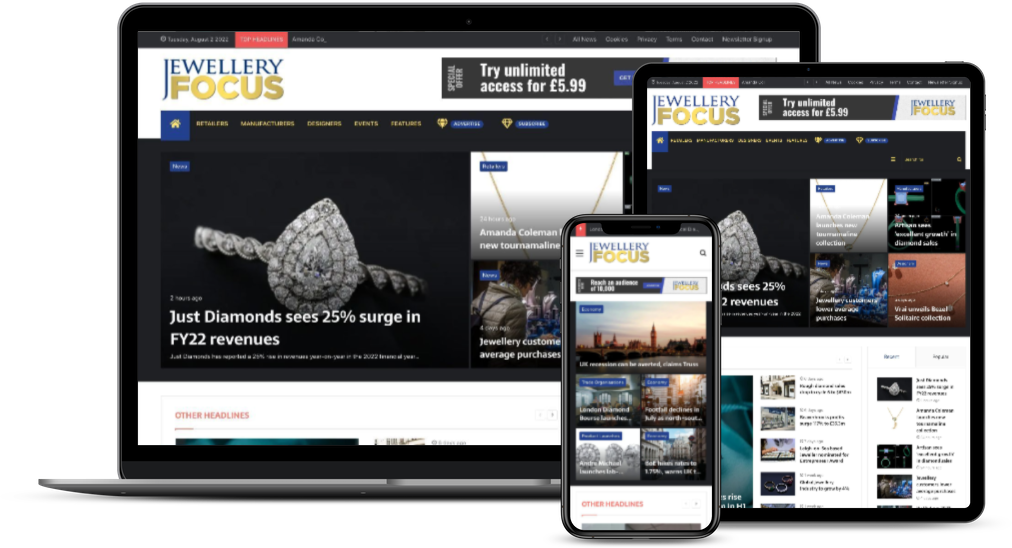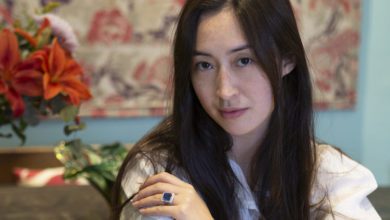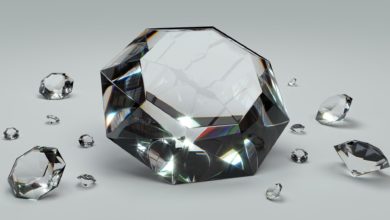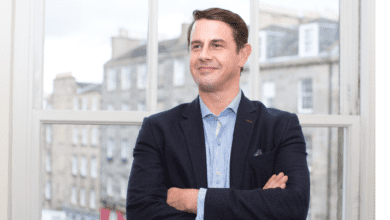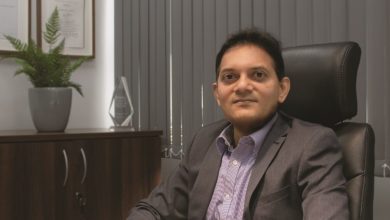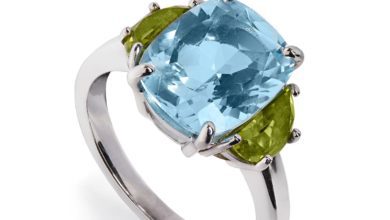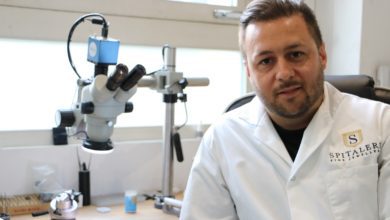Q&A Sessions
Q&A with Greg Valerio
After recently being honoured with an MBE, the work Greg Valerio has done with artisanal and small-scale miners in the jewellery industry is second-to-none
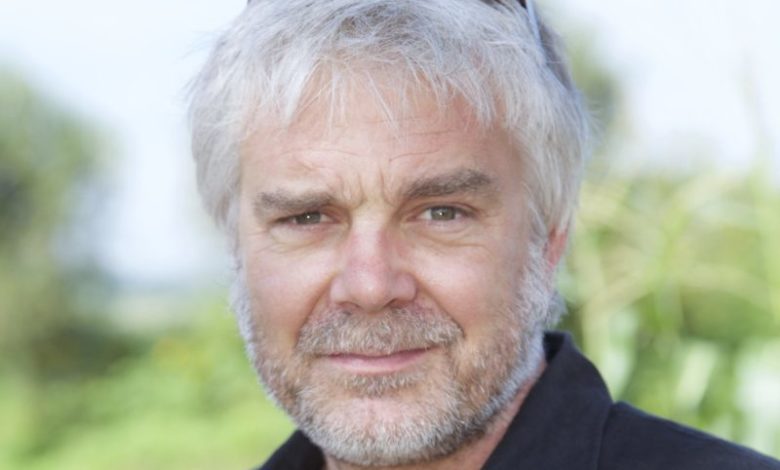
Tell us a bit about yourself and how you got into the jewellery industry
You'll need to
subscribe to unlock this content. Already subscribed? Login?

